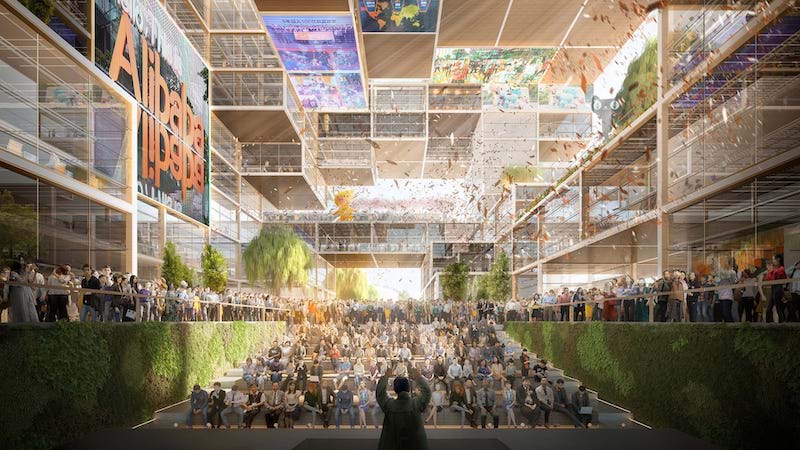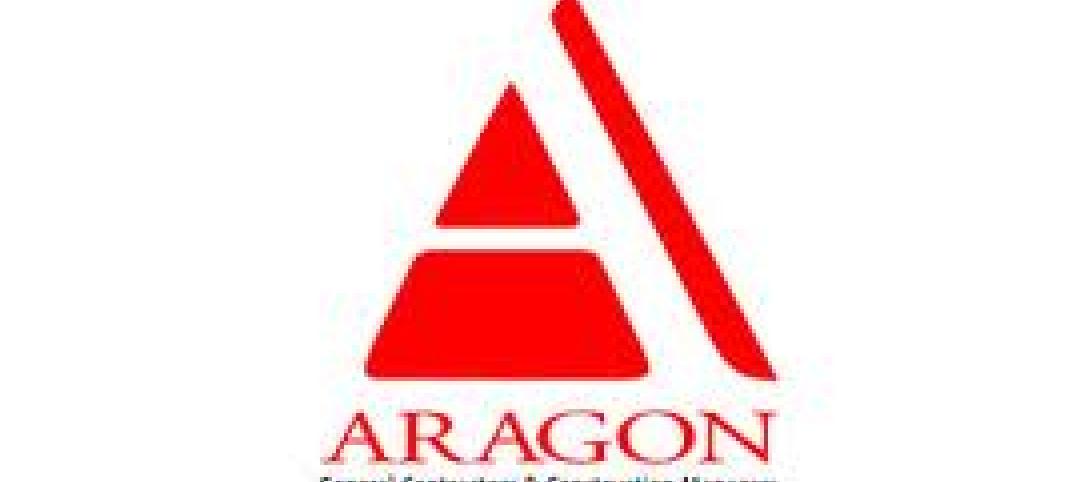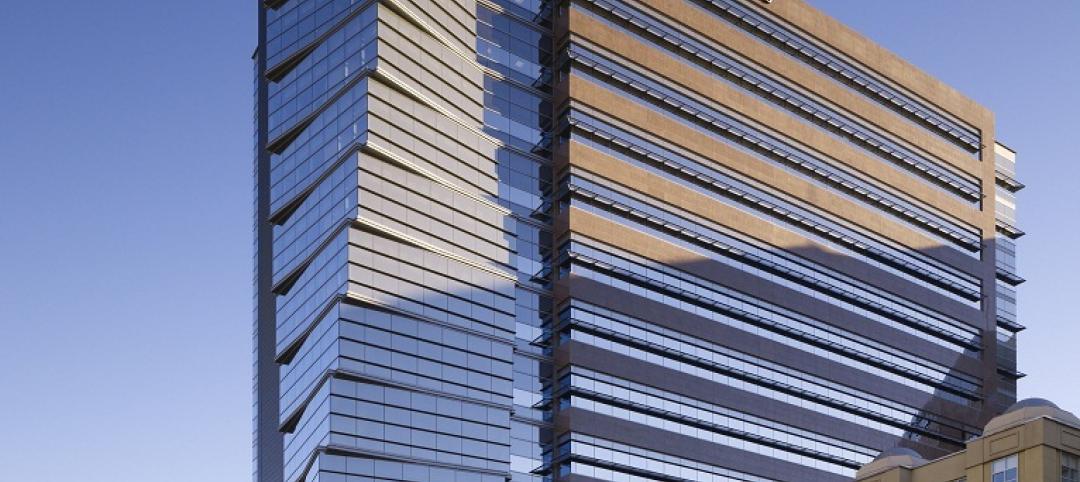Alibaba, the world’s largest online retailer and e-commerce company, is set to receive a new signature office building in Shanghai courtesy of Foster + Partners. The building will showcase the company’s unique working culture to the public.
Situated at Xuhui Riverside, the building is formed around a central heart that opens up to create a large public urban room. The building is designed to be extremely transparent and includes an active social core with viewing terraces overlooking the central space.
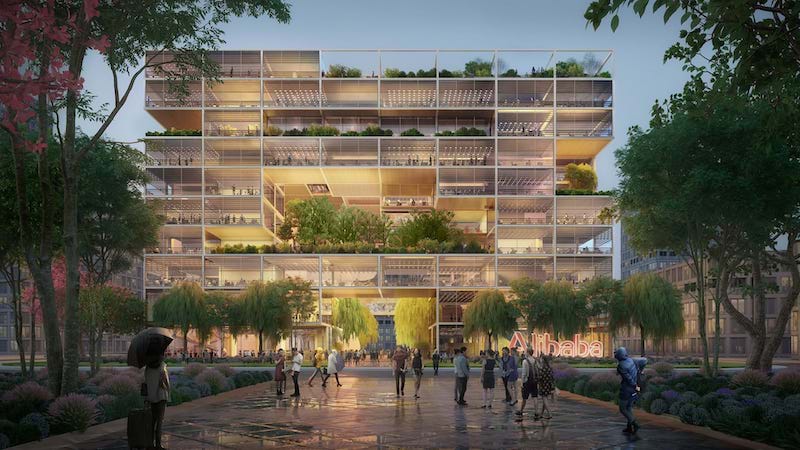
The project’s unique building form has been guided by a design process that uses a genetic algorithm to evolve the optimal massing. The algorithm combines several aspects that are crucial to the project such as being highly responsive to the environmental conditions, maximizing outside views, and the specific area requirements for different functions. The massing is optimized to provide the best year-round user comfort in the central public space by protecting it from stronger winds in the winter and the harsh summer sun while creating tailored workspace solutions for the different departments at Alibaba.
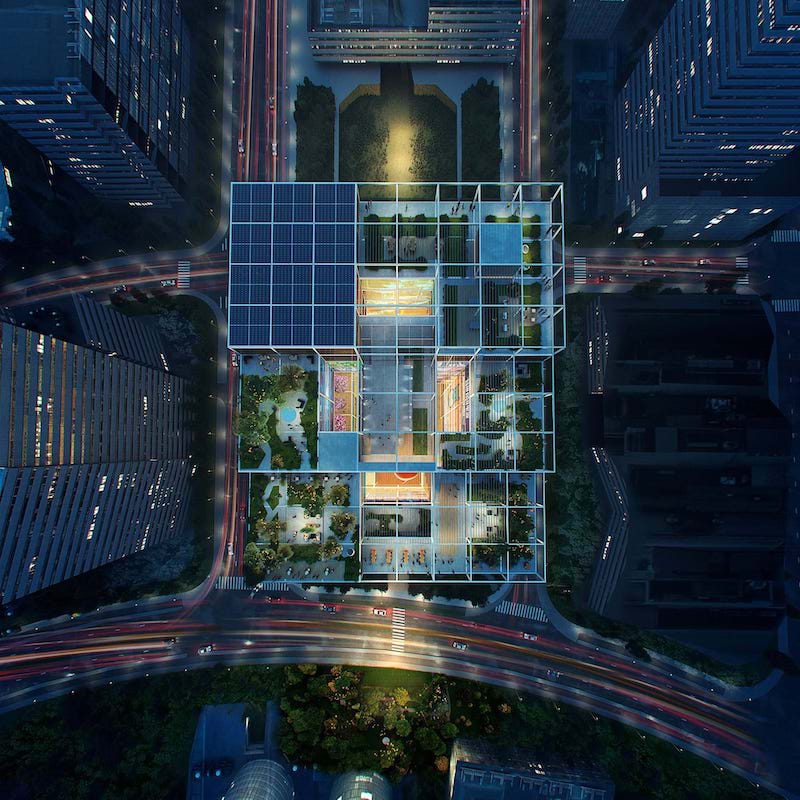
Desk arrangements, break-out spaces, and meeting rooms are designed to encourage collaboration and teamwork with visual and physical connectivity encouraging interactions.
See Also: The Grand Canal Museum will tell the story of the world’s longest canal
“Our design emphasises the importance of communication, the integrity of the working community and above all, the creation of an image that reflects the standing of Alibaba,” said Luke Fox, Head of Studio, Foster + Partners, in a release. “The scheme is truly designed from the inside out, centred on a dynamic, sheltered public space capitalizing on its amazing location with its views of the Huangpu River and the Bund.”
The design will utilize off-site production for quality control, reducing wastage, and minimizing on-site operations to create an efficient construction program.
Related Stories
| Mar 12, 2012
Improving the performance of existing commercial buildings: the chemistry of sustainable construction
Retrofitting our existing commercial buildings is one of the key steps to overcoming the economic and environmental challenges we face.
| Mar 7, 2012
Firestone iPad app offers touch technology
Free app provides a preview of Firestone’s Roots to Rooftop Building Envelope Solution with an overview of all the products from ground and stormwater management solutions, to complete wall panel and commercial roofing system applications.
| Mar 6, 2012
Gensler and Skender complete new corporate headquarters for JMC Steel in Chicago
Construction was completed by Skender in just 12 weeks.
| Mar 1, 2012
Reconstruction Awards: Reinvesting in a neighborhood’s future
The reconstruction of a near-century-old derelict public works facility in Minneapolis earns LEED Platinum—and the hearts and minds of the neighboring community.
| Mar 1, 2012
Aragon Construction completes 67,000-sf build-out in NYC
Aragon constructed the space in partnership with Milo Kleinberg Design Associates, (MKDA) and the Craven Corp. as the owner’s representative.
| Feb 27, 2012
Research Institute at Texas Children’s Hospital building receives LEED Gold
Innovative and sustainable design reflects best environmental building practices.
| Feb 22, 2012
Siemens earns LEED certification for Maryland office
The Beltsville facility, which also earned the ENERGY STAR Label for energy performance, implemented a range of energy efficiency, water conservation and sustainable operations measures as part of the certification process.
| Feb 22, 2012
Suffolk awarded Boston post office renovation project
Renovation of art deco landmark will add 21,000 square feet of retail and 110 new parking spaces.
| Feb 17, 2012
Tremco Inc. headquarters achieves LEED Gold certification
Changes were so extensive that the certification is for new construction and not for renovation; officially, the building is LEED-NC.
| Feb 15, 2012
Code allowance offers retailers and commercial building owners increased energy savings and reduced construction costs
Specifying air curtains as energy-saving, cost-cutting alternatives to vestibules in 3,000-square-foot buildings and larger has been a recent trend among consulting engineers and architects.


